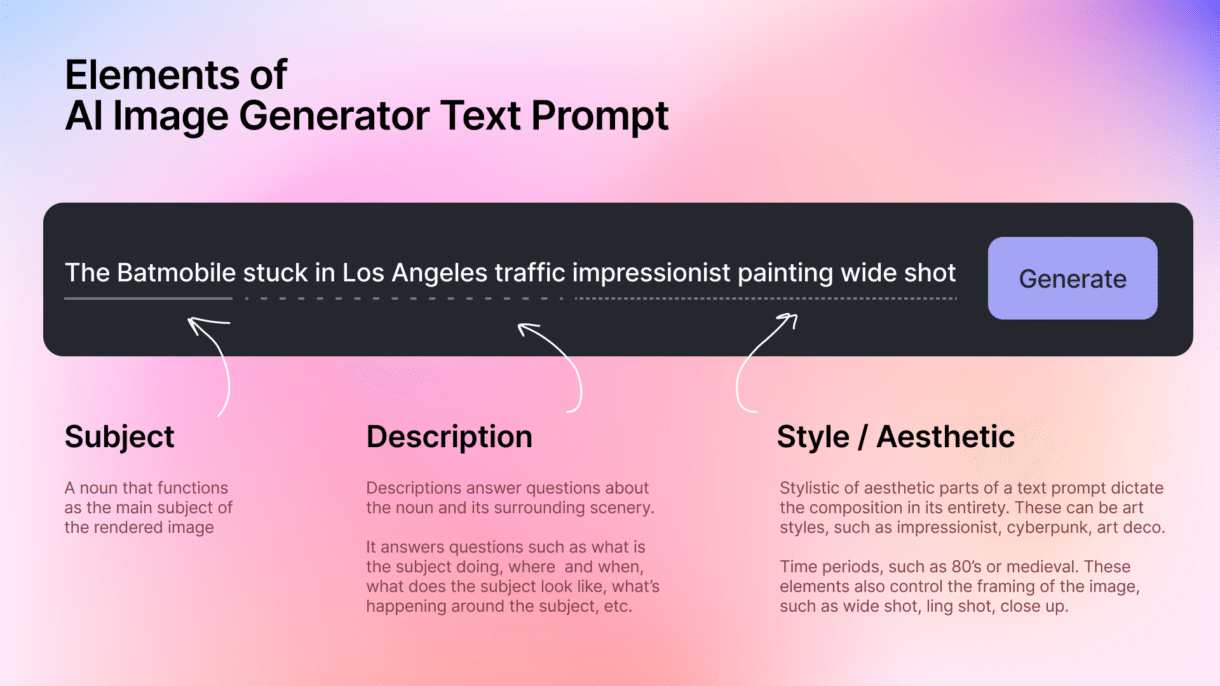
As artificial intelligence becomes an essential part of business, education, and daily life, one skill is rising above the rest — prompt engineering . Whether you’re using AI for content creation, coding, customer service, or marketing, knowing how to craft the right prompt can make all the difference.
What Is Prompt Engineering?
Prompt engineering is the practice of designing and refining input text (called prompts ) to get the best possible output from Large Language Models (LLMs) like:
- ChatGPT (OpenAI)
- Gemini (Google)
- Claude (Anthropic)
- Llama (Meta)
- Copilot (Microsoft)
Think of it as learning how to “talk” to AI so it understands what you want and delivers accurate, creative, or useful results.
Why Prompt Engineering Matters
AI tools are only as good as the prompts they receive. A poorly written prompt might lead to:
- ❌ Inaccurate answers
- ❌ Vague or irrelevant outputs
- ❌ Missed opportunities
A well-crafted prompt, on the other hand, can help AI do things like:
- ✅ Write compelling blog posts
- ✅ Generate code
- ✅ Create marketing copy
- ✅ Solve complex problems
- ✅ Translate languages accurately
That’s why companies and individuals are now investing in prompt engineering skills — to unlock the full potential of AI.
Key Elements of a Good Prompt
To write effective prompts, include these core components:
| Role | Tells the AI who it should act as (e.g., teacher, marketer, coder) |
| Context | Gives background information to help the AI understand the task |
| Objective | Clearly states what you want the AI to do |
| Format | Specifies how you want the response (list, paragraph, table, etc.) |
| Constraints | Adds rules like tone, length, or style |
Example of a Weak vs. Strong Prompt
❌ Weak Prompt:
“Write something about climate change.”
✅ Strong Prompt:
“You are a science journalist writing for a general audience. Explain the causes and effects of climate change in simple terms, and suggest three actionable ways individuals can help reduce their carbon footprint.”
Which one do you think will give a better result?
Prompt Engineering Frameworks & Techniques
Here are some proven frameworks and strategies used by top prompt engineers:
1. Role-Based Prompting
Tell the AI to act as a specific person or expert.
- “Act as a nutritionist and explain the benefits of intermittent fasting.”
2. Chain-of-Thought (CoT) Reasoning
Encourage the AI to break down complex tasks into steps.
- “Explain how photosynthesis works step by step.”
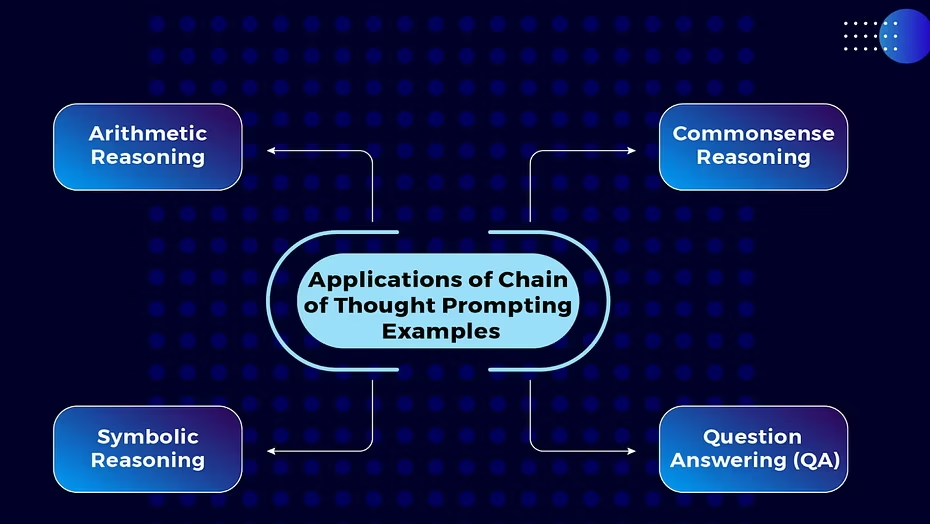
3. Few-Shot Learning
Give examples to guide the AI toward the desired format or style.
- “Here are three product descriptions. Write a fourth one in the same tone.”
- Product 1: “Eco-friendly bamboo toothbrush”
- Product 2: “Reusable silicone food storage bags”
- Product 3: “Organic cotton face masks”
4. Instructional Prompting
Clearly state the goal and structure.
- “Write a 500-word essay comparing renewable and non-renewable energy sources. Use bullet points for key differences and conclude with your opinion.”
5. Output Formatting Instructions
Specify how you want the result presented.
- “List 10 SEO keywords related to ‘home workout equipment’ in a numbered list.”
- “Create a table comparing iPhone 15 vs Samsung Galaxy S24 features.”
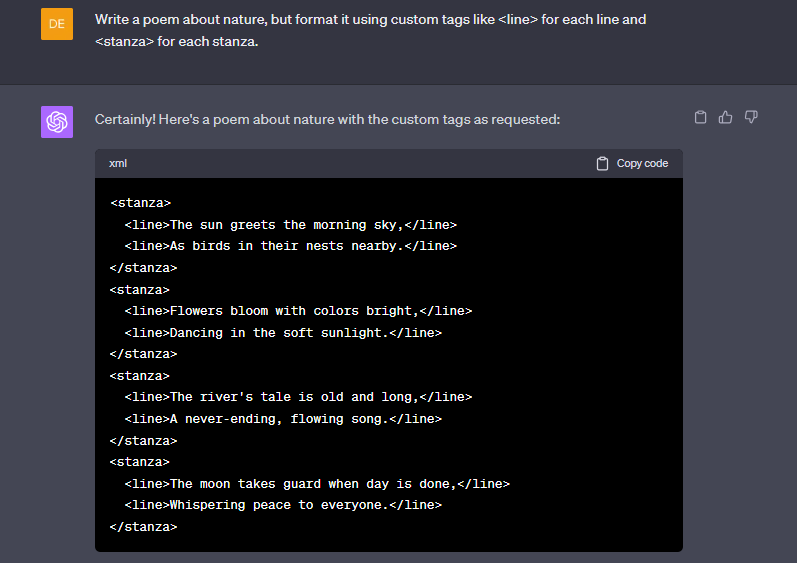
Advanced Prompt Engineering Techniques
Once you’ve mastered the basics, try these advanced methods:
🧠 Zero-Shot Prompting
Ask the AI to perform a task without providing examples.
- “Translate this French recipe into English while keeping the cooking instructions clear.”
🔍 Self-Consistency Prompting
Ask the AI to generate multiple responses and then choose the best one.
- “Solve this math problem in two different ways, then pick the most accurate answer.”
🤖 ReAct Prompting (Reason + Act)
Combine reasoning and action in a loop.
- “You are a travel agent. Based on my budget of $2000 and interest in hiking, recommend a destination and plan a 7-day itinerary.”
💬 Conversational Prompting
Build a dialogue with the AI to refine the output.
- Start with: “I need help writing a speech for a wedding toast.”
- Then ask: “Can you make it more humorous?”
Follow up with: “Add a personal story about the couple.”
Tools & Platforms for Prompt Engineers
Here are some helpful tools to improve your prompt engineering workflow:
| ChatGPT / GPT-4 | General-purpose prompting and idea generation |
| Gemini (Google) | Great for research, data analysis, and technical prompts |
| Claude (Anthropic) | Excels at long-form content and logical reasoning |
| MidJourney / DALL·E | For visual prompt engineering and image generation |
| LangChain | Build custom AI apps using prompts and APIs |
| PromptBase | Buy or sell high-quality prompts |
| Notion / Obsidian | Organize and document your prompt templates |
How to Become a Prompt Engineer – Step-by-Step
Step 1: Learn the Basics of AI and LLMs
Start with free courses or guides on:
- How AI language models work
- Prompt structure and formatting
- Common pitfalls and how to avoid them
Recommended Resources:
- OpenAI Learning Center
- Google’s Introduction to Generative AI
- Coursera: ChatGPT Prompt Engineering for Developers (by DeepLearning.AI)
Step 2: Practice Prompt Design
Use platforms like:
- ChatGPT, Gemini, Claude
- Jasper, Copy.ai, MidJourney (for visual prompts)
- PromptBase (to study real-world examples)
Experiment with different formats:
- Role-based prompting
- Chain-of-thought reasoning
- Few-shot learning
- Output formatting instructions
Step 3: Build a Prompt Engineering Portfolio
Create a portfolio showcasing:
- Prompt templates you’ve designed
- Use cases and results (e.g., improved conversion rates, better responses)
- Screenshots or samples of AI outputs based on your prompts
Platforms like GitHub, Notion, or a personal blog work well.
Step 4: Apply for Jobs or Freelance Projects
Search for jobs on:
- Indeed
- RemoteOK
- Upwork or Fiverr (freelance)
Use keywords like:
- “Prompt Engineer”
- “AI Trainer”
- “AI Content Writer”
- “Generative AI Specialist”
Frequently Asked Questions (FAQs)
Q1: Do I need coding skills to be a prompt engineer?
No! Many entry-level prompt engineering roles don’t require coding. However, basic technical literacy helps, especially if you plan to move into advanced AI roles.
Q2: Can prompt engineering be automated?
While AI can help refine prompts, human creativity and strategy are still essential for crafting high-quality, goal-oriented prompts.
Q3: Is prompt engineering a real job?
Yes! Companies are hiring prompt engineers , AI trainers , and AI interaction designers to improve AI performance and user experience.
Final Thoughts
Prompt engineering is no longer just a side skill — it’s becoming a legitimate and lucrative career path in the age of AI.

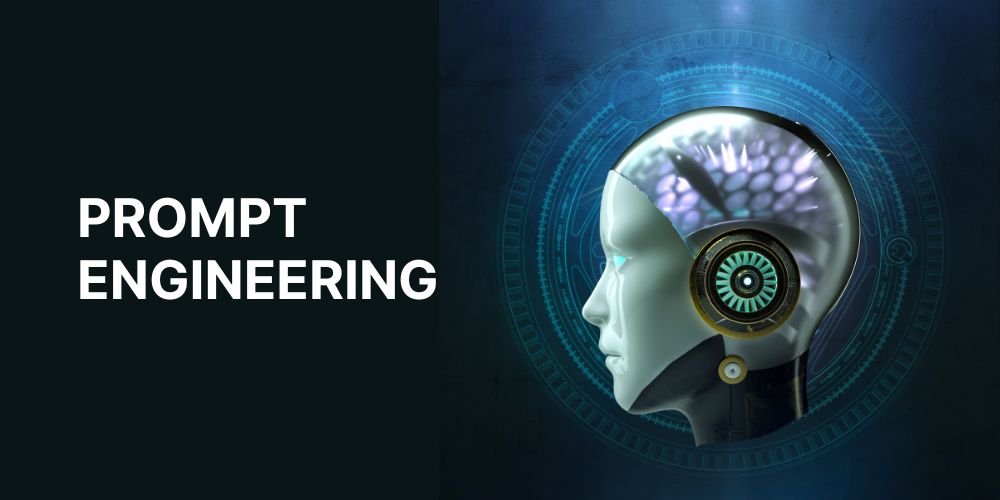

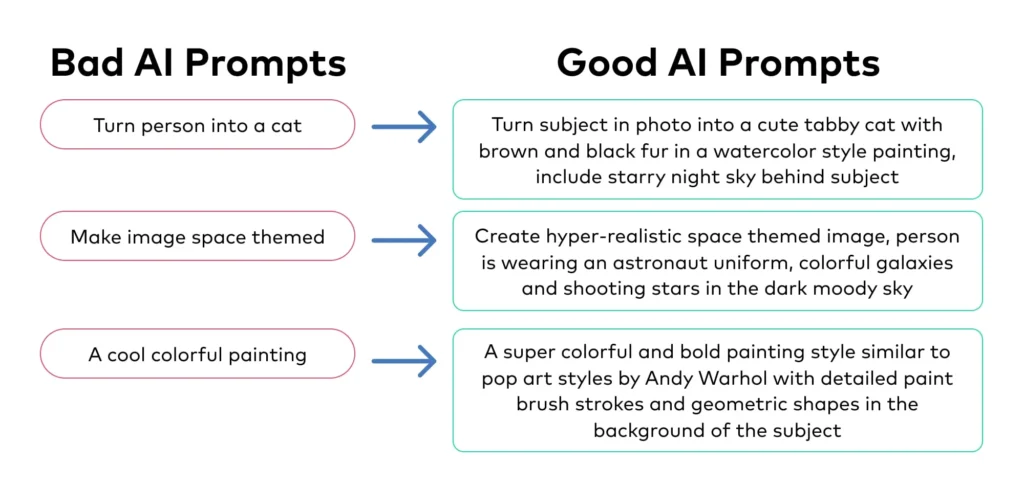


0 Comments